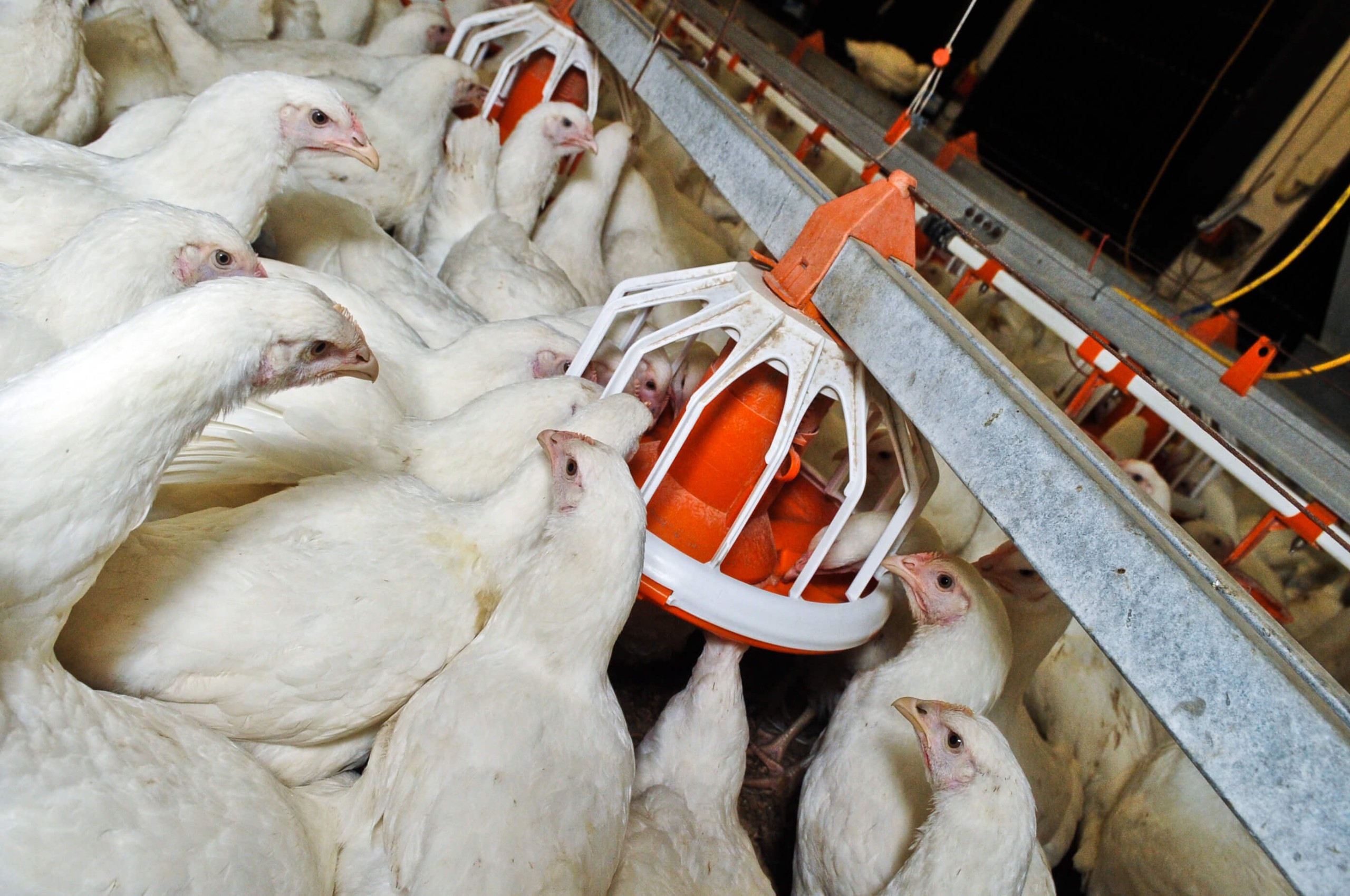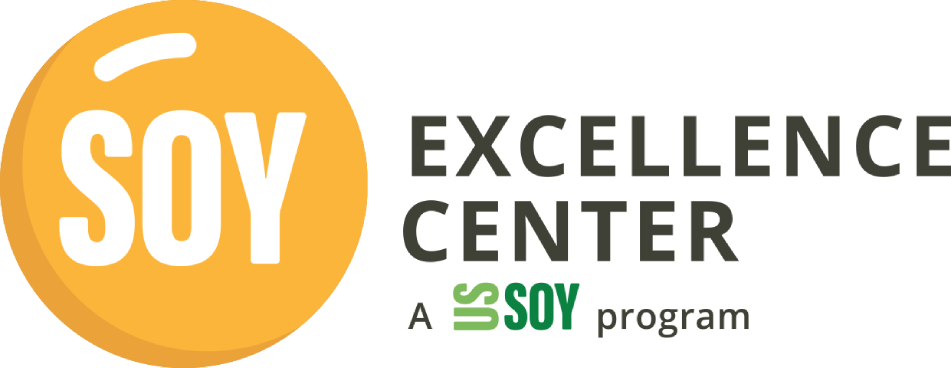
Feeding and Nutrition of Broilers - Prof Bob Swick
Additional training – Introduction to the event
This lecture is designed to teach how to feed broiler chicks. The recommended nutrient requirements for different strains of commercial broilers can be found on breeding company websites and other sources. These do change from time to time and Aviagen’s Ross 308 recommended nutritional specifications have recently been updated for 2022. The requirement for energy has gone down and digestible amino acid have increased relative to previous versions. And is an ongoing trend. During early growth of it is important to monitor the body weight at seven days of age. As a rule of thumb, the seven-day weight should be at least 4 times that of the day-old chick weight. The breeder companies also publish growth charts showing daily growth expectations. The major nutrients are energy, protein and amino acids, carbohydrates, vitamins and minerals and water. As growth progresses, the requirement for amino acids (protein) decreases while energy increases. This is done in phases (starter, grower, finisher, withdrawal) to mimic the gradual ongoing changes in requirements. Ideally it would be optimal to change nutrients daily but this not logistically possible. There is a requirement for digestible amino acids not crude protein per se. The crude protein should be monitored as it is easy to measure and is usually around 23% at the start and ends up at around 18% at market. Most broiler feeds are steam pelleted (typically to 2.5 mm diameter and 4 to 5 mm length) to maximize feed intake, reduce the energy required to consume feed, improve starch digestibility and reduce microbial load. The pellets are crumbled into smaller pieces using a roller mill during the first starter phase so the baby chicks can easily eat the feed. Cereal grains such as wheat and corn are ground and mixed with protein meals, fat, minerals, vitamins, amino acids and other additives before pelleting. Nutrient digestibility is an important consideration with amino acid digestibility being reduced as a result of over- or under-processing of protein meals such as soybean meal or meat and bone meal. Both grains and protein meals supply multiple nutrients. Broiler feed should be formulated based on digestible amino acids expressed as SID (standardized ileal digestibility). Calcium, available phosphorus, salt (sodium and chloride) are important macro-mineral nutrients that are considered in broiler formulations. Cool water should be offered to broilers ad libitum. A typical broiler feed consists of 50 to 60% grain, 20 to 30% protein meal, 1 to 4% edible oil, 1.5% limestone and small amounts of vitamins, phosphorus, trace minerals, methionine, lysine and threonine and choline. Enzymes such as phytase are typically added and xylanase enzyme is used in wheat-based diets. The nutrients and cost should be balanced and optimized using feed formulation software.
Instructor Bio
Professor Bob Swick is currently Poultry Research Coordinator at Poultry Hub Australia in Armidale. Over his 40-year career he has held positions at Monsanto Company, Novus International, American Soybean Association and University of New England.
Bob has supervised 15 higher degree research students and has published over 300 technical papers, bulletins, reports, journal articles and patents.


